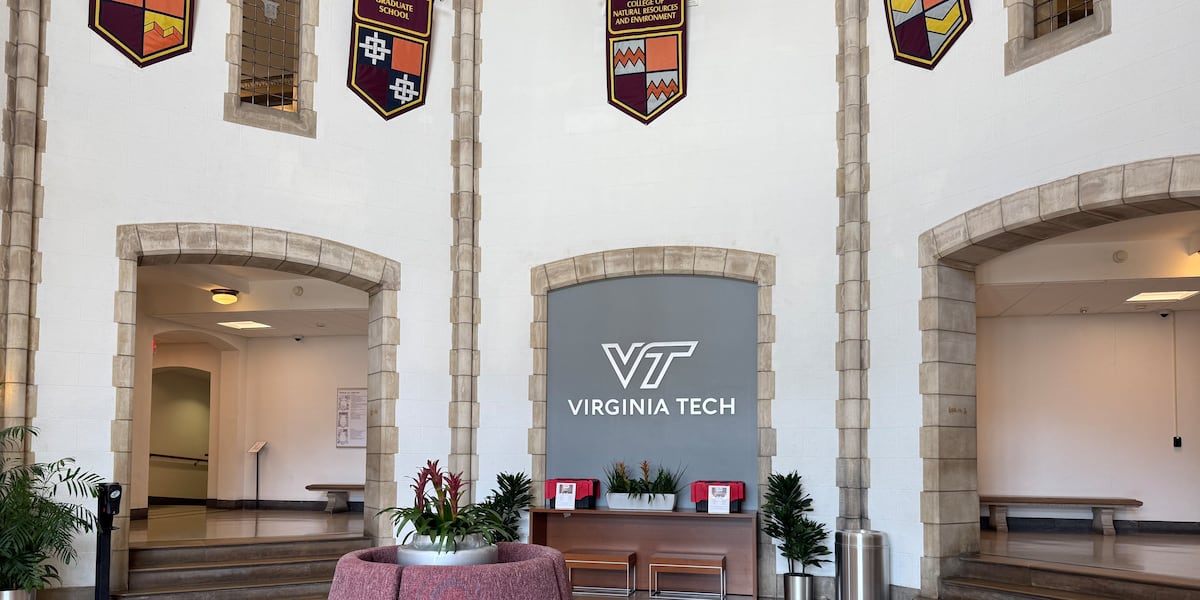Could This Solar-Bound Object Be Alien Tech? Harvard Astrophysicist Raises Intriguing Possibility

A Harvard astrophysicist is sparking intense debate within the scientific community with a bold claim: the interstellar object 3I/ATLAS, currently hurtling towards the sun, might be advanced alien technology. Professor Avi Loeb, renowned for his unconventional theories and director of Harvard's Institute for Theory and Computation, believes the object's trajectory and characteristics warrant serious consideration as a potential artificial construct.
The Unusual Orbit & Statistical Anomaly
3I/ATLAS, first detected in May 2024, is a relatively small interstellar object – estimated to be only a few hundred meters in diameter – making its way through our solar system. While many interstellar objects have been observed, what sets 3I/ATLAS apart is its remarkably shallow angle relative to the Earth's orbital plane. According to Loeb, this angle is only 5 degrees, an incredibly precise alignment.
“The orbit of 3I/ATLAS coincides with the plane of the Earth by only 5 degrees – the probability of such a coincidence occurring randomly is only 0.2%,” Loeb stated in a recent interview. This low probability, he argues, is too significant to dismiss as mere chance. It suggests a deliberate design, hinting at a possible artificial origin.
Why Alien Technology?
Loeb's reasoning extends beyond the orbital alignment. He points to the object’s unusual composition and behavior. While definitive analysis is currently impossible due to its increasing proximity to the sun and subsequent fading, preliminary observations suggest a density significantly lower than expected for a naturally occurring asteroid or comet. This low density, combined with the orbital anomaly, leads him to propose the possibility of a lightweight, artificial shell surrounding a more substantial core – a concept consistent with advanced propulsion systems.
“We’ve been searching for extraterrestrial life for decades, and this could be our first concrete evidence,” Loeb explains. “If this object is indeed a technological artifact, it could provide invaluable insights into the capabilities of an alien civilization far more advanced than our own.”
The Scientific Skepticism and Future Observations
Loeb’s hypothesis is not without its critics. Many scientists remain skeptical, suggesting that natural phenomena, such as unusual geological formations or unexpected interactions with the solar wind, could explain the observed anomalies. They emphasize the need for more data and rigorous analysis before drawing such extraordinary conclusions.
However, Loeb's call for further investigation has spurred renewed interest in interstellar object research. He is advocating for the deployment of specialized telescopes and instruments capable of performing detailed spectroscopic analysis of 3I/ATLAS as it approaches the sun. These observations could potentially reveal the object’s precise composition and surface features, providing crucial clues to its origin.
A New Era of Exploration?
Regardless of the ultimate outcome, the case of 3I/ATLAS highlights the growing sophistication of our ability to detect and study interstellar objects. It also underscores the importance of maintaining an open mind and considering unconventional possibilities in the search for life beyond Earth. As Loeb eloquently puts it, “We should not rule out the possibility that we are witnessing the remnants of an alien civilization’s exploration of our solar system.” The coming weeks and months will be crucial in determining whether this intriguing object is a natural wonder or a testament to the ingenuity of an extraterrestrial intelligence.





